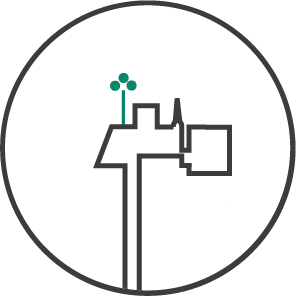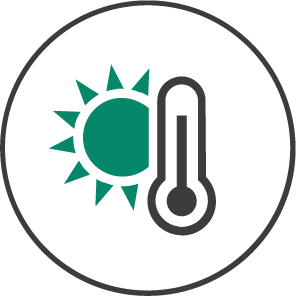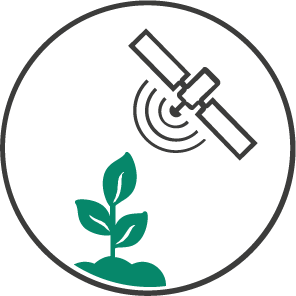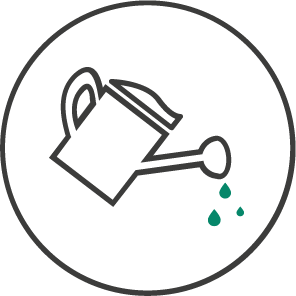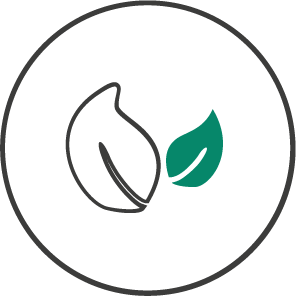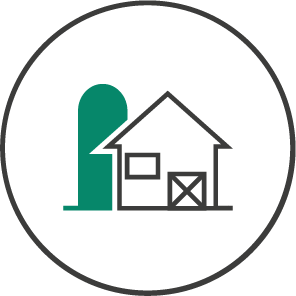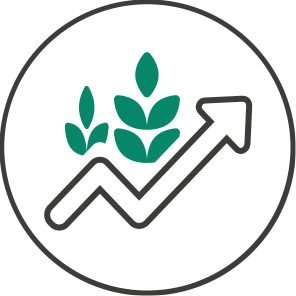Spray quality assessment
Quality phytosanitary treatments
The “Guidelines on Good Practice for Ground Application of Pesticides” defines a good distribution of plant protection products as one that aims to achieve maximum biological effectiveness and minimum exposure to plant protection products for humans and the environment.
Full traceability with lower costs
Lower the risk of a mistake and assure better quality at lower cost and full traceability.
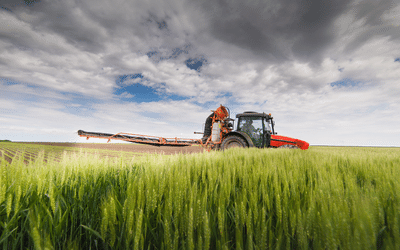
- Check the weather conditions before and during the treatment (Air temperature and humidity, Delta T, rain, Wind speed)
- Verify the correct pulverization of the drops according to the temperature and wind conditions (larger drops in the presence of high temperatures and breezes)
- Coverage and delivery of the product to the target
- Timing on application
- Avoid treatment when:
- convective air movements (e.g. on hot spring-summer afternoons) occur
- thermal inversion conditions (more frequent on clear and calm nights) occur
Precautionary rules
It is also essential to comply with certain precautionary rules.
Always respect the constraints specified on the labels of plant protection products to protect aquatic organisms, wild plants and non-target organisms.
Often, you are operating in conditions of limited resources (time, personnel, equipment) and field operations are carried out in a hurried manner.
It is therefore extremely important to plan in advance the best time for the treatment and to verify and document, in retrospect, that the operation has been carried out under the best conditions and in compliance with regulatory constraints.

Holistic approach to crop protection
FieldClimate helps to plan and monitor crop protection.

The tracking of how your machinery (from tractors to add-ons) allows you:
Verification of:
- Coverage and uniformity of treatment (missed rows or fields not treated correctly)
- Speed of tractor
Confirmation of:
- No treatment in respected areas
- Distances from watercourses and other buffer zones
Learn more about machinery and work tracking HERE.
- Site-specific weather conditions are calculated with the help of weather stations for environmental monitoring.
- Weather forecast & monitoring services give you a 7-day forecast with plant protection windows for application planning.
Learn more about weather monitoring and forecasting HERE.
- Data about disease evolution
- Potential disease development
Know the best time for spraying – Plant protection window based on field accessibility, Delta T, current and expected rainfall and wind gusts.
Learn how can you incorporate this into your daily field activities HERE.
The weather stations automatically calculate the Delta T value. You can enter Delta T thresholds at which you can receive warning text messages to avoid continuing treatment under unfavourable conditions.
Learn more about the feature HERE.
Recommended equipment for spray quality assessment
Enhance your weather stations & dataloggers with METOS® subscriptions
Sensors measure site-specific meteorological conditions, sending data to the Fieldclimate cloud, over several different types of connectivity (GSM, LTE, WiFi, LoRa WAN, NB IoT), wherein decision support tools activated with subscriptions analyze crop-specific issues and provide recommendations for field activities.
Have a question?Contact us. We are happy to help.
Contact us if you have any questions regarding spray quality assessment!

